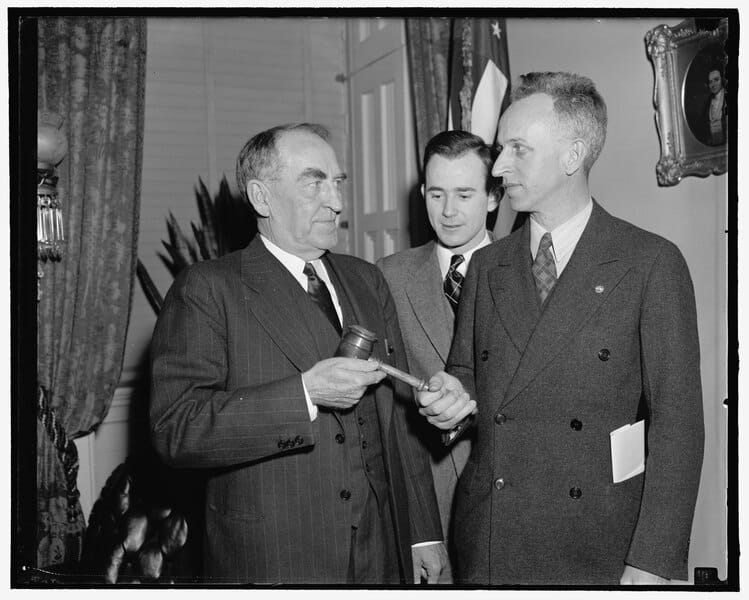A Secret of the Most Effective Policymakers

What I want you to know about the late Congressman John Dingell is not that he served in the U.S. House for sixty years from Eisenhower to Obama.
Or that he had a hand in Medicare, Obamacare, the Clean Air Act, the Clean Water Act, and the Endangered Species Act.
Or that when he had 194,785 Twitter followers, he tweeted, "Only 2,805,215 followers away from 3 million!"
Or that when he chaired the mighty Energy & Commerce Committee, his nickname was "the truck."
What I want you to know about the Congressman is that the secret of his effectiveness boiled down to three dry words: he got process.
“If you let me write the procedure, and I let you write the substance, " he said, "I'll [beat] you every time.” (He used a saucier word than "beat.")
I could have the most genius soccer plays, but they won't mean much if you get to set the dimensions of the field. In other words, the most powerful people in legislatures are the ones that know how to work procedure.
And now, a 27-second interlude from a legislator in the early stages of his procedure-learning journey. We all have to start somewhere.
A procedural tactic known as reconciliation was part of how Democrats skirted the filibuster to pass Obamacare. It was 2010 and Senator Ted Kennedy had died, leaving Senate Dems without a filibuster-proof majority to pass President Obama's signature healthcare reform. So they turned to reconciliation, a process that enables certain tax, budget, and debt limit bills to pass with 51 votes, avoiding the threat of a filibuster that requires 60 votes to overcome.
A procedural tactic known as the motion to recommit was how the GOP forced frontline Democrats (frontline = politicians in competitive races) to take tough votes on messaging bills during the 2020 election year. The motion to recommit is a tool the minority party can use on the floor to amend a bill. And the GOP used it effectively to force vulnerable Dems to vote on contentious bills, lest their votes be used in Republican attack ads against them.
The more you know about procedure, the more offensive plays you can run. It's said that Speaker Nancy Pelosi is often engaging in three-dimensional chess; while most everyone is sweating over their next move, she's thinking four moves ahead. The same could be said of Bill Belichick in his prime, Serena Williams, any master of their domain.
It takes time to learn up process, time to watch leadership running bills in multiple ways. So usually, the procedural masters are more senior politicians. They've served multiple terms, seen multiple strategies and the way those strategies can play out.
The prescription here is not to learn about filing cloture (a means for ending debate and moving to a vote) or conference committees (members of the House and Senate appointed to work out, or conference, a bill), though I wouldn't stand in your way if you did.
Legislatures the land over are filled with show ponies who introduce heaps and heaps of messaging bills with no plan - or sometimes idea of how - to get them across the finish line. If we want to get stuff done, show ponies are not worth our time.
We want the workhorses who get substance and process, and will tackle both angles. Often, workhorses will be the ones who only introduce a few bills each session, not because they only care about a few issues, but because they are focused on working those bills through the legislative process, which takes skill, elbow grease, lots of time. It's these legislators who drive real policy change.
But while these workhorses will claim many legislative victories (and likely few headlines), we must always hold in awareness that, as Congressman Dingell reminds us, there are still some victories they won't be able to secure.
